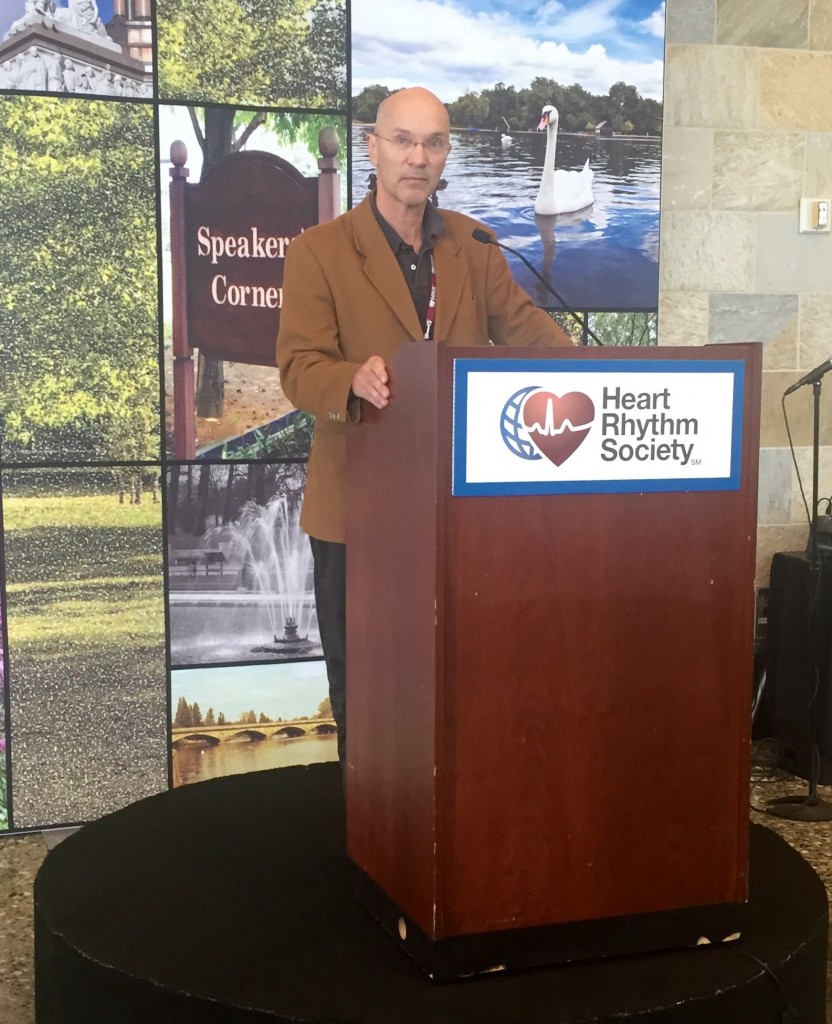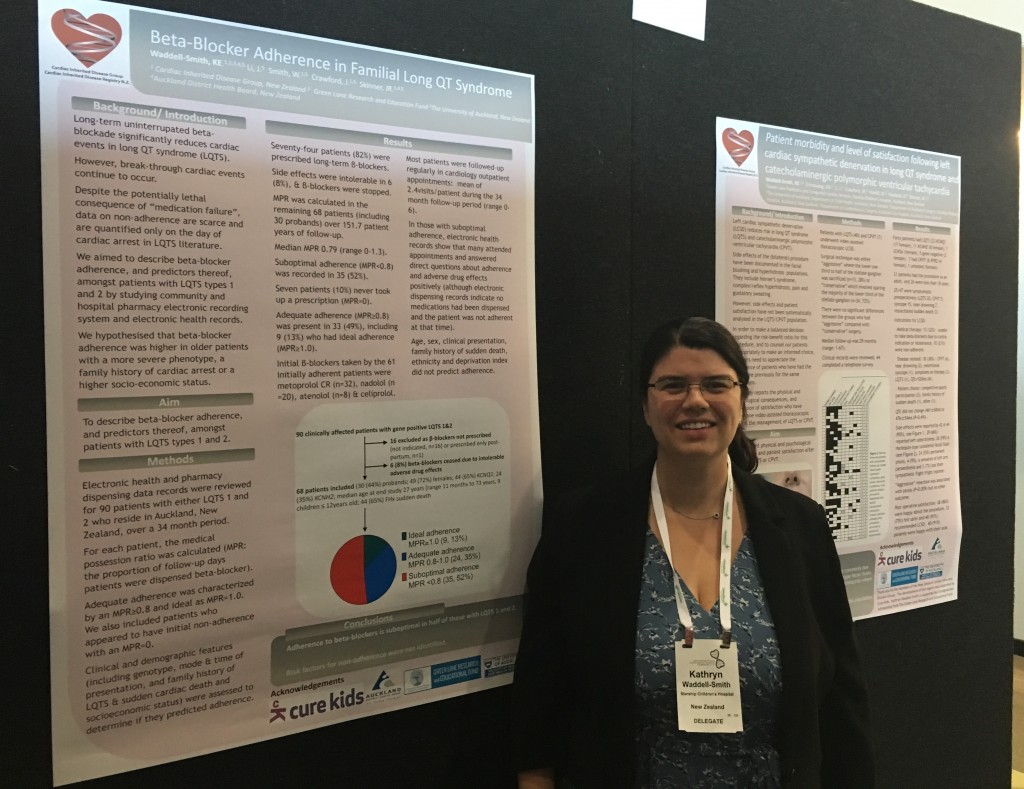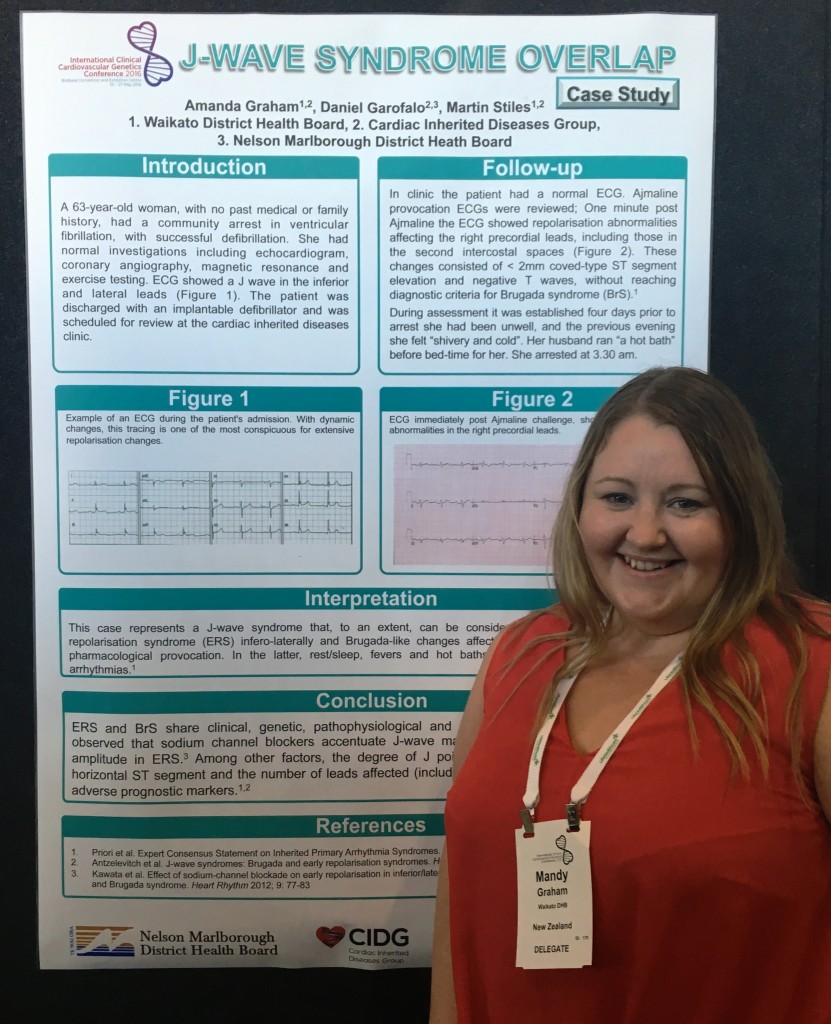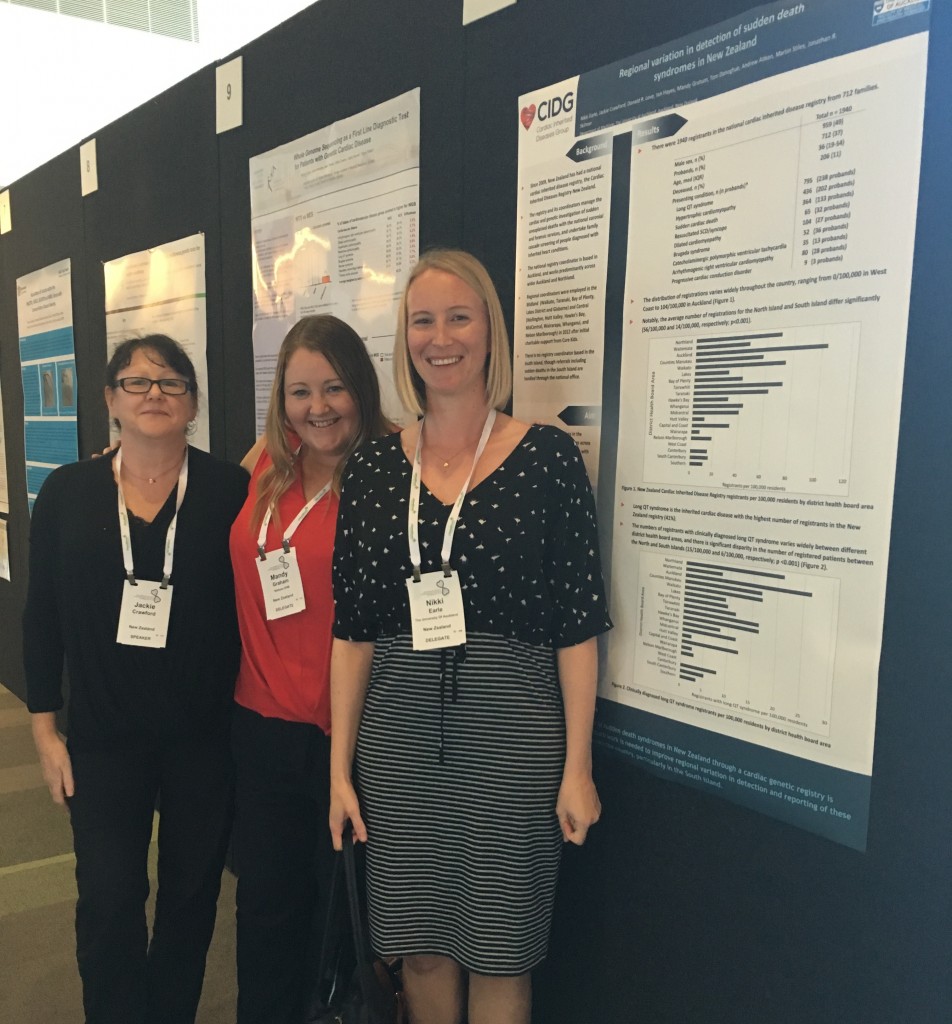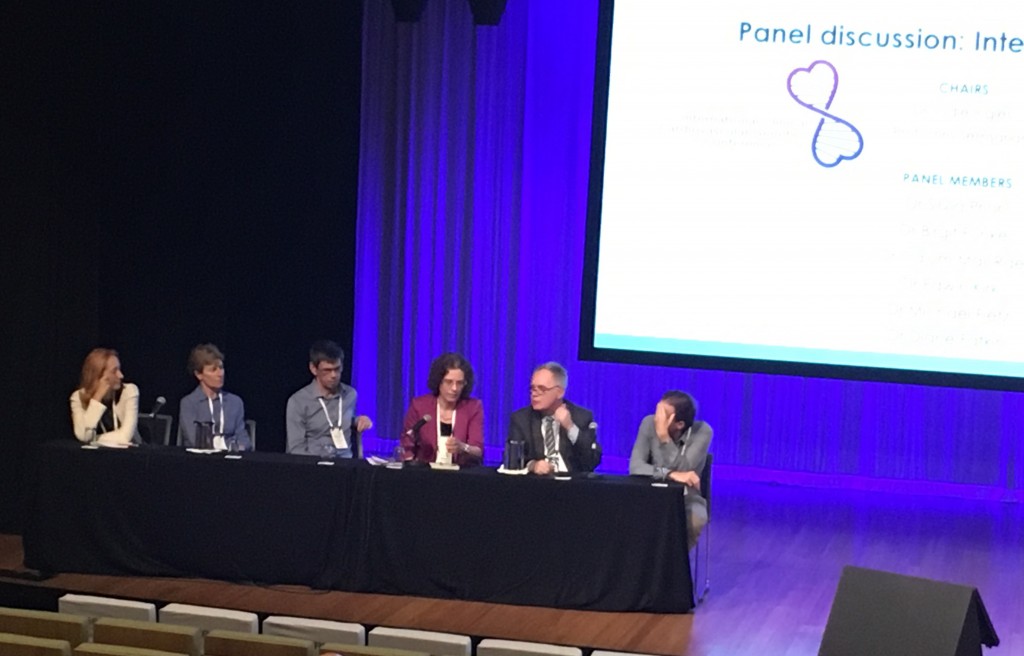CIDG has had a big presence at two major international meetings in May 2016.
At Heart Rhythm in San Fransisco, one of the most significant meetings in the world dealing with heart rhythm disorders, Dr Jon Skinner, our clinical leader (pictured below), gave two presentations related to CIDG business. In particular he presented talks about of the things we do best- family screening for inherited heart conditions, and investigating sudden unexplained deaths. Jon had lots of questions after the talks about how things are done here in New Zealand. We certainly don’t do it perfectly, but we are seen as an international leader in these areas.
Last week in Brisbane CIDG members were there at the international cardiovascular genetics meeting to learn and to teach. The first day was an educational day designed and run by Jon. This day course is to help enlighten cardiologists, paediatricians, geneticists, researchers, nurses and trainees in all of these areas, the basics of cardiac genetics. It is a big field and growing quickly, and the more our medical professional understand the language and the conditions, the better it will be for people who have them. Two CIDG coordinators, Jackie Crawford (top picture below) and Mandy Graham (bottom picture below) presented illustrative cases from New Zealand, which provoked lively discussion among the delegates. 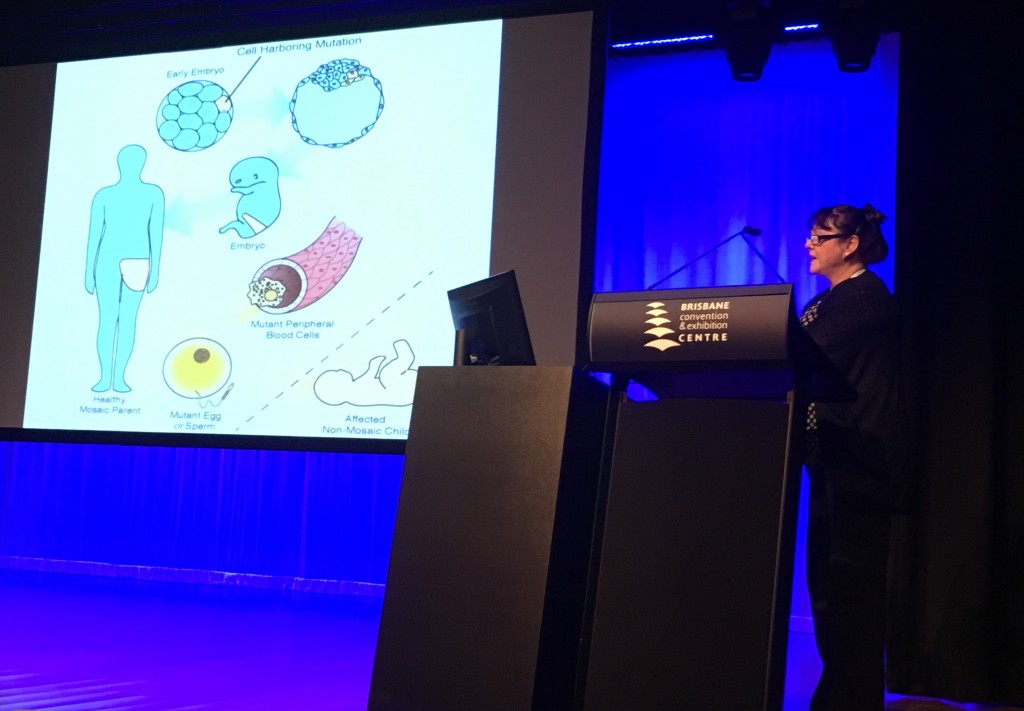
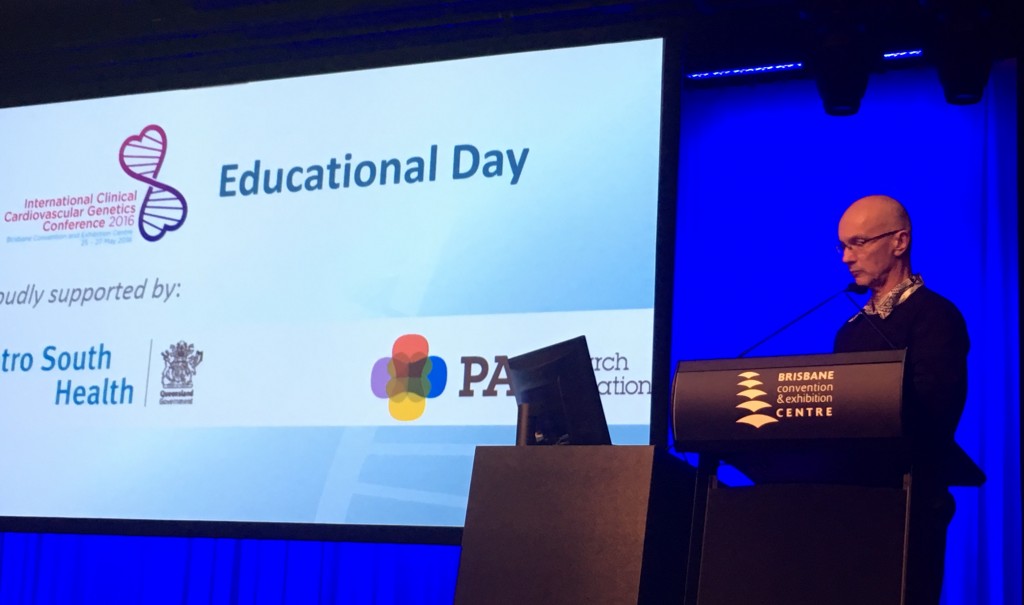
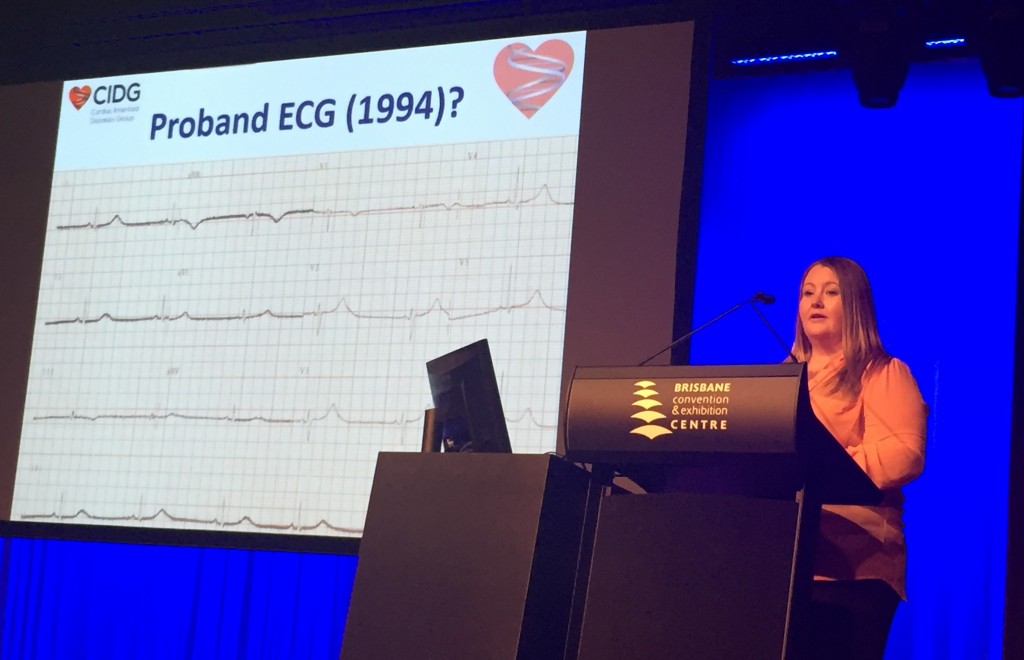
Research from CIDG featured in the next two days. Kathryn Waddell Smith (top picture below), a cardiologist from Adelaide studying for her PhD in Auckland, presented work on adherence to treatment among people with long QT syndrome. Nikki Earle (bottom picture below with Jackie and Mandy), a research scientist who has just complete her PhD, presented data about how children and youth with inherited heart conditions end up with their diagnosis. Nikki, is also leading soon to be published study which looks at regional variations in detection of sudden death in New Zealand. Mandy Graham also presented a case study.
There were several significant international speakers. Sylvia Priori, from Italy described her teams progress with genetic cures, particularly in CPVT. Affected Mice have been completely cured, for life, by the transfection of DNA into their hearts by attenuated viruses. Calum McRae from Boston, USA, gave visionary talks about the future of genetics and how this will apply to health and life. As someone who works closely with Google and Microsoft, and having possibly the largest cardiac genetic clinic in the world, he should know. Dominic Abrams, cardiologist from Boston Childrens Hospital, lectured impressively in the educational day, and during the main conference presented data on what happens when an apparently nasty mutation is found by accident, when looking for something else. It turns out that most nasty looking mutations found in this way are not so nasty after all. Peter Van Tintelton, clinical geneticist from Amsterdam showed what can be done with multicentre collaborations. The national collaboration across the Netherlands between geneticists and cardiologists is hugely impressive, and a model which every country should aspire too.
Our Australian colleagues, too many to mention all by name, gave many impressive talks and led lively debate. We’d have to single out Chris Semsarian, cardiologist from Sydney, and his collaborator and genetic counsellor, Jodie Ingles, who lead many informative research projects including the psychological aspects of disease and genetic testing and are a pleasure to collaborate with across the ditch.
A good month for CIDG and a good month for people who have these conditions, because the more professionals and scientists care and are knowledgable, the better.
